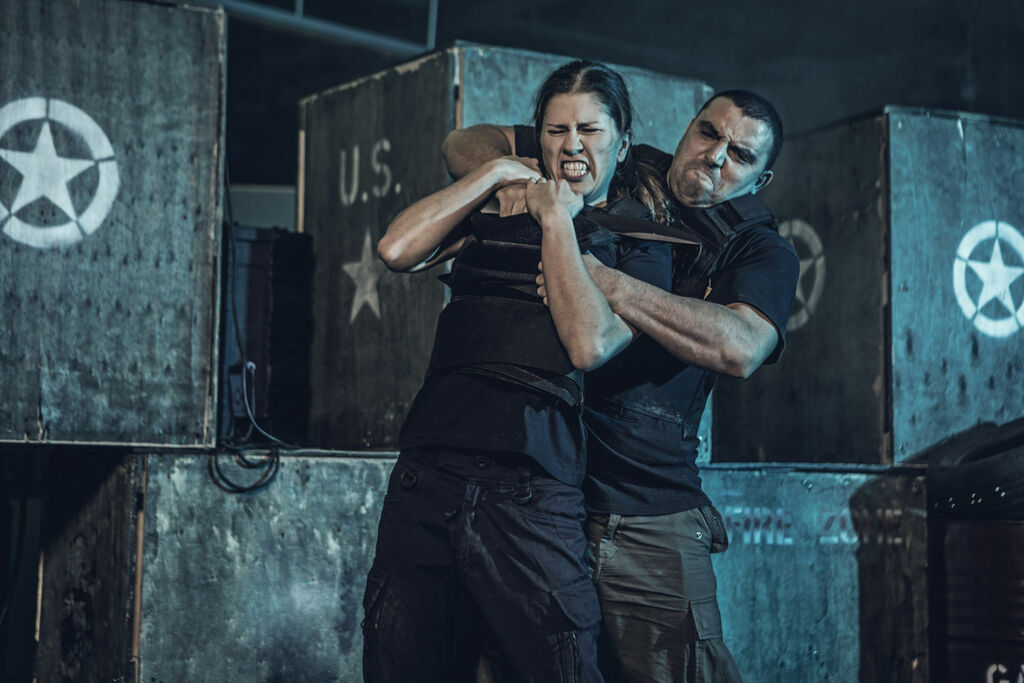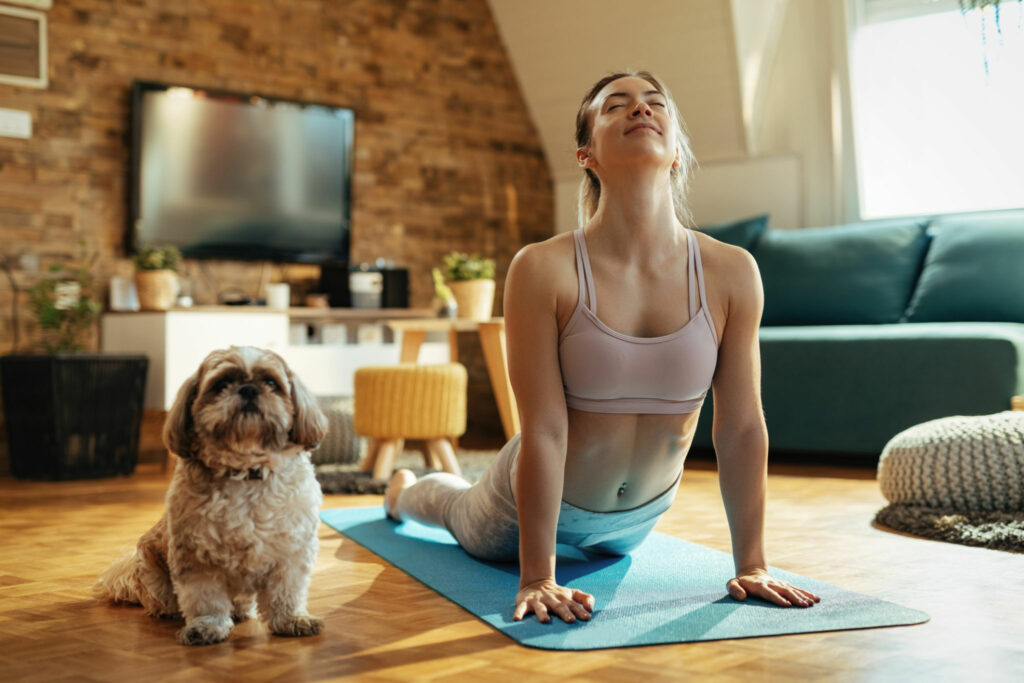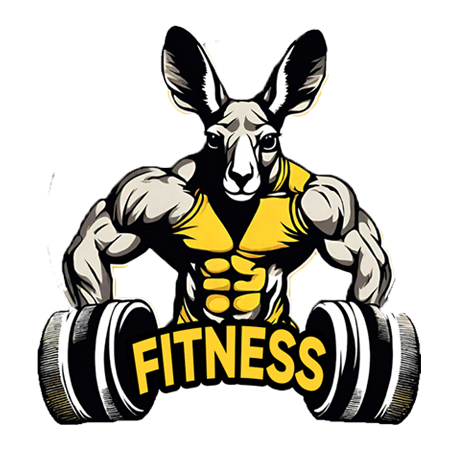
Table of Contents
ToggleIntroduction:
In the quest for holistic fitness, individuals are increasingly turning to the ancient practices of martial arts. This article delves into the realms of both traditional and modern martial arts, exploring their unique attributes and the fitness benefits they offer. The fusion of physical prowess, mental discipline, and self-defense techniques makes martial arts a captivating avenue for those seeking a dynamic and engaging fitness routine.
Traditional Martial Arts
Historical Background
Traditional martial arts have deep roots embedded in history, originating from various cultures around the world. These ancient disciplines were not only a means of combat but also served as a way of life, emphasizing values like discipline, respect, and honor. The rich tapestry of traditional martial arts includes forms such as Karate, Taekwondo, and Kung Fu.
Core Principles and Philosophies
Central to traditional martial arts are philosophical principles that extend beyond physical combat. Concepts like balance, harmony, and the interconnectedness of mind and body form the bedrock of these practices. Practitioners are not just learning how to throw a punch or execute a kick; they are immersing themselves in a philosophy that shapes their character and outlook on life.
Popular Traditional Martial Arts for Fitness
-
Karate:

Originating in Okinawa, Japan, Karate is renowned for its emphasis on striking techniques. The practice involves a series of predetermined movements, known as kata, which enhance both physical and mental conditioning.
-
Taekwondo:
Hailing from Korea, Taekwondo is characterized by its dynamic kicks and fast-paced movements. Beyond its effectiveness in self-defense, Taekwondo offers a comprehensive workout that enhances flexibility, agility, and cardiovascular endurance.
-
Kung Fu:
With its roots in Chinese martial arts, Kung Fu is a diverse and encompassing term that includes various styles like Wing Chun and Shaolin. Kung Fu’s fluid movements and emphasis on internal energy make it not only a potent self-defense tool but also an excellent fitness regimen.
Modern Martial Arts
Evolution from Traditional Forms
Modern martial arts have evolved from their traditional counterparts, often incorporating elements from various disciplines to create a more versatile and adaptable fighting style. While maintaining a focus on self-defense, modern martial arts place a greater emphasis on real-world applications and practicality.
Emphasis on Practical Self-Defense
In a rapidly changing world, practical self-defense is a paramount consideration. Modern martial arts, such as Brazilian Jiu-Jitsu, Mixed Martial Arts (MMA), and Krav Maga, prioritize effectiveness in real-life situations. These disciplines equip practitioners with skills tailored to handle the unpredictability of physical altercations.
Popular Modern Martial Arts for Fitness
-
Brazilian Jiu-Jitsu (BJJ):
Known for its ground-fighting techniques, BJJ emphasizes leverage and technique over brute strength. The grappling nature of BJJ provides an intense full-body workout while enhancing problem-solving skills on the mat.
-
Mixed Martial Arts (MMA):
As the name suggests, MMA combines elements of various martial arts, including striking and grappling. Its popularity has surged with events like the UFC, showcasing the effectiveness of a well-rounded skill set in a competitive arena.
-
Krav Maga:

Originating from Israel, Krav Maga is a practical and efficient self-defense system used by military and law enforcement worldwide. It focuses on neutralizing threats quickly and decisively, making it a valuable tool for self-defense enthusiasts seeking a high-intensity workout.
Fitness Benefits
Cardiovascular Endurance
One of the primary benefits of martial arts for fitness is the improvement of cardiovascular endurance. Whether executing high-intensity kicks in Taekwondo or engaging in continuous grappling in Brazilian Jiu-Jitsu, these activities elevate heart rate and enhance overall cardiovascular health.
Strength and Conditioning
Martial arts demand strength and conditioning across various muscle groups. Striking arts like Karate build explosive power, while disciplines like Krav Maga emphasize functional strength for quick and effective movements. The result is a well-rounded and functional level of physical fitness.
Flexibility and Agility

Flexibility and agility are integral components of martial arts, regardless of whether they are traditional or modern. Kung Fu’s flowing movements require a high degree of flexibility, while the unpredictable nature of MMA hones agility. Regular practice not only improves these attributes but also reduces the risk of injury in everyday activities.
Mental Benefits
Stress Relief
The practice brings numerous mental health benefits alongside its physical advantages. Engaging in disciplined techniques offers stress relief. Whether through the meditative aspects of traditional practices or the fast-paced nature of modern ones, it serves as a release from daily pressures.
Focus and Discipline
This discipline requires a high level of focus and dedication. Whether mastering a complex routine or practicing specific techniques, individuals need to concentrate on their task. This mental strength developed during practice often leads to enhanced focus and discipline in other areas of life.
Increased Self-Confidence
As individuals advance in their journey, a natural outcome is increased self-confidence. Mastering new techniques, overcoming challenges, and reaching higher ranks contribute to a sense of accomplishment. This newfound confidence goes beyond the training space, positively affecting various aspects of personal and professional life.
Choosing the Right Martial Art for Fitness
Personal Goals and Preferences
Choosing the right form of this discipline for fitness depends on personal goals and preferences. If delving into a deeply traditional philosophy is the aim, arts like Karate or Kung Fu might be appealing. For those prioritizing practical self-defense skills and a varied skill set, modern practices like BJJ or Krav Maga could be more fitting.
Accessibility and Resources
Consider the accessibility of training facilities and resources. While traditional training venues are common, newer practices might need specific equipment or settings. Evaluating the presence of skilled instructors and appropriate training spaces is vital for a rewarding and lasting journey in this field.
Instructor and Training Environment
The expertise of the instructor and the atmosphere of the training environment play pivotal roles in the overall experience. A skilled and supportive instructor can guide students effectively, fostering growth and preventing injuries. The camaraderie and encouragement within the training environment also contribute to a positive and motivating experience.
Challenges and Considerations
Physical Demands
Recognizing the physical demands of this practice is crucial. Whether performing high-impact movements or participating in extended sessions, these activities can be strenuous. Beginners should gradually enhance their stamina and strength to avoid overexertion and minimize the chance of injury.
Injury Prevention
While engaging in this activity provides various fitness advantages, the chance of injury exists, particularly for beginners. Ensuring a thorough warm-up, using correct technique, and receiving attentive guidance are vital to prevent injuries. It’s important for participants to pay attention to their bodies, promptly address any injuries, and adopt an approach that values long-term health more than immediate progress.
Time Commitment
Training in this discipline demands a substantial time commitment for proficiency and skill development. Consistency proves crucial, urging practitioners to dedicate regular sessions for training. Finding a balance between this dedication and other life commitments is essential for a fulfilling and lasting journey in this field.
Conclusion
In conclusion, the exploration of traditional and modern martial arts for fitness offers a multifaceted approach to physical and mental well-being. The diverse range of disciplines caters to varying preferences, from the philosophical foundations of traditional arts to the practical applications of modern self-defense systems. As individuals embark on this journey, they not only enhance their physical fitness but also cultivate mental resilience, focus, and self-confidence.
FAQs
Q1: What are the main differences between traditional and modern martial arts for fitness?
A1: Traditional martial arts often emphasize discipline and heritage, while modern forms focus on practicality and fitness.
Q2: Can martial arts help improve overall fitness?
A2: Yes, practicing martial arts can enhance strength, flexibility, agility, and cardiovascular health.
Q3: Are there specific martial arts styles more suitable for beginners?
A3: Yes, some styles like Taekwondo or Karate are often recommended for beginners due to structured training methods.
Q4: How does martial arts training contribute to mental well-being?
A4: These training can improve focus, self-discipline, and confidence while reducing stress levels.
Q5: Is it necessary to have prior fitness experience to start martial arts?
A5: No, martial arts cater to various fitness levels, and beginners can start at their own pace under proper guidance.

1 Comment
Your comment is awaiting moderation.
You have observed very interesting details!
ps decent web site..
Your comment is awaiting moderation.
You really make it seem so easy together with your presentation however
I in finding this topic to be actually one thing that I feel I might never
understand. It kind of feels too complex and very broad for me.
I am looking ahead in your subsequent put up,
I’ll attempt to get the hang of it! Lista escape roomów
Your comment is awaiting moderation.
This article is fantastic! The insights provided are very valuable. For those interested in exploring more, check out this link: LEARN MORE. Looking forward to the discussion!
Your comment is awaiting moderation.
Como faço para saber com quem meu marido ou esposa está conversando no WhatsApp, então você já está procurando a melhor solução. Escolher um telefone é muito mais fácil do que você imagina. A primeira coisa a fazer para instalar um aplicativo espião em seu telefone é obter o telefone de destino.
Your comment is awaiting moderation.
Melhor aplicativo de controle parental para proteger seus filhos – Monitorar secretamente secreto GPS, SMS, chamadas, WhatsApp, Facebook, localização. Você pode monitorar remotamente as atividades do telefone móvel após o download e instalar o apk no telefone de destino.
Your comment is awaiting moderation.
Your article helped me a lot, is there any more related content? Thanks! https://accounts.binance.com/ru-UA/register-person?ref=DB40ITMB
Your comment is awaiting moderation.
[…] Asthma (EIA) is a distinctive form of asthma were airways narrow during or after physical exertion. Unlike typical asthma triggered by allergens, EIA specifically occurs during exercise, posing […]
[…] technology has become a cornerstone of modern fitness. From fitness trackers monitoring steps and heart rate to smartwatches offering real-time workout […]